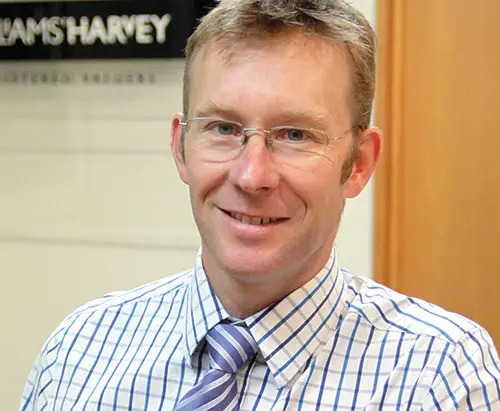The post lockdown activity levels and value growth throughout 2020 was a surprise to all, especially as it was contrary to what most experts and economists predicted. The performance of the residential market during the last quarter of 2020 was simply staggering. Hawke’s Bays’ residential housing values grew 19% during 2020. However, it is not just the precipitous increase in values that has our attention, it is the relatively short period of time that this jump has occurred.
The lion’s share of the 19% value growth for 2020 in the region was experienced in the last quarter (October, November, and December) with 50% of Napier’s value growth occurring in this period and 80% of Hastings. The acceleration of growth rates caught many by surprise and left buyers scrambling to adjust their offers upwards with the ‘fear of missing out’ (FOMO) followed by ‘sick of missing out’ (SOMO). Assessing accurate valuation levels using historical sales data was almost impossible as the market was growing at over 3-5% per month.
The impact of the COVID-19 lockdown on value levels has varied, with lower value level housing growing by even higher percentage levels than the medium to upper level value housing. The 2020 year finished in a sprint towards the pot of gold at the end of the rainbow, only punctuated by the Christmas holiday close down. When our team returned to work in January the market continued where it had left off and the excess demand is still present with values still growing strongly.
How long this will continue is anyone’s guess. The market dynamic, with demand well outstripping supply, and such low interest rates suggest the residential property values will continue to increase.
The rate of growth has been astonishing, and possibly this will only be eased as affordability is not mitigated by low interest rates. This should have the impact of lessening the demand. Although, many buyers are now in the SOMO frame of mind which continues to fuel rising prices. Why is there such strong demand? Basically, it’s a perfect storm. Whilst there is much market uncertainty due to COVID 19 there are certain dynamics which are driving demand for residential property.
At the lower end of the market, we have a very active sector as certain groups compete for housing stock. Kaianga Ora – Homes and Communities has been very active in purchasing residential properties to add to their inventory as well as being active in redeveloping old state housing. First time home buyers have renewed vigour to get their foot on the property ladder, spurred on by the low interest rates. Then, there are those who are now advantageously positioned with good equity and who can take advantage of the low interest rate environment to buy an investment property. This is seen as a less risky way to make a superior return than they can gain through other investments. None of these groups are selling their homes. Through the middle sectors of the market homeowners are using their increased equity to upgrade to superior property’s locking in mortgages at very low interest rates making the move affordable.
The construction sector is also under pressure with a lack of tradespeople and a lack of vacant residential land for development. The upper end of the residential and lifestyle market is being driven partly by local Hawke’s Bay residents but also a steady stream of people relocating to Hawke’s Bay from our larger city centres as well as those that have decided to return to New Zealand due to COVID-19. The demand for this sector is expected to continue as it is expected more Kiwis will be returning home in the coming years.
One sector that may relieve some pressure is the Retirement Village sector. There are 677 new occupation units under construction in Hawke’s Bay at present. As incoming residents sell their homes prior to entering the village this is likely to provide some much needed residential stock. However, with most residential sectors being squeezed for inventory it is difficult to see how the residential market will slow unless there is a major impact to the market conditions in some way. While we consider it would be healthy for the growth rate to slow down, we do expect the market to continue growing through 2021.


